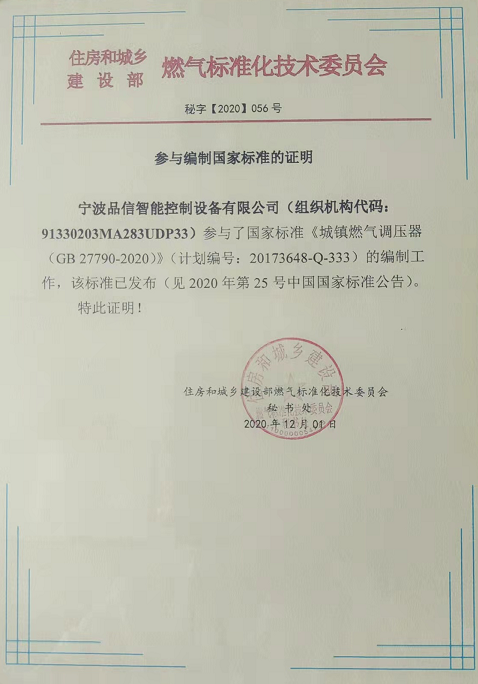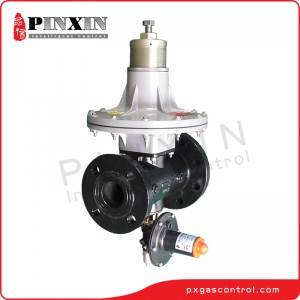China direct acting natural gas pressure regulator with UPSO OPSO
Direct acting gas pressure regulator
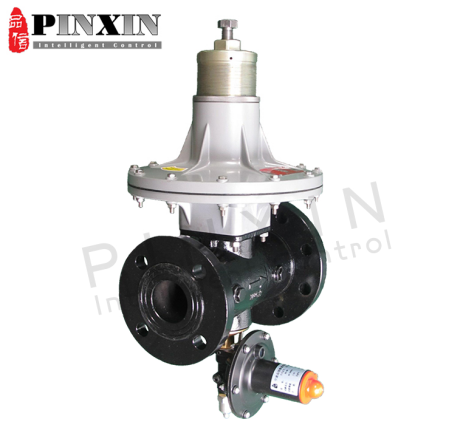
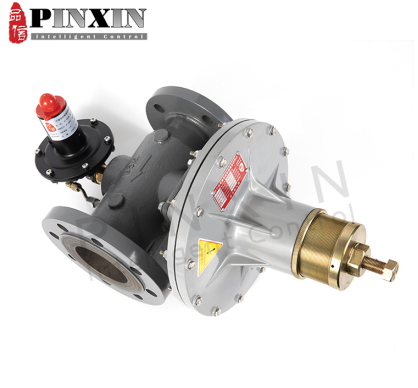
| Technical parameters | TD50 |
| Max pressure | 25 bar |
| Inlet | 0.4~20bar |
| Outlet | 0.3-4 bar |
| Maximum flow(Nm3/h) | 3800 |
| Inlet connection | Flanged DN50 PN25 |
| Outlet connection | Flanged DN80 PN25 |
| Regulating accuracy/AC | ≤8% |
| Lock up pressure/SG | ≤20% |
| Optional | Shut off valves for under pressure and over pressure, inbuilt filter, customised options. |
| Applicable madium | Natural gas, artificial gas, liquefied petroleum gas and others |
| *Note: The flow unit is standard cubic meters/hour. The flow of natural gas is relative density of 0.6 under standard conditions | |
|
DESIGN |
| ● Diaphragm and spring loaded direct acting structure for more accuracy and stable performance |
| ● Equipped with resettable over and under pressure shut-off valve, easy to operate |
| ● With high precision 5um stainless steel filter, easy to clean and replace. |
| ● Simple structure, simple to operate and simple to repair online. |
| ● customized on structures, outlooking and pressure level based on safety and good performance |
FLOW CHART
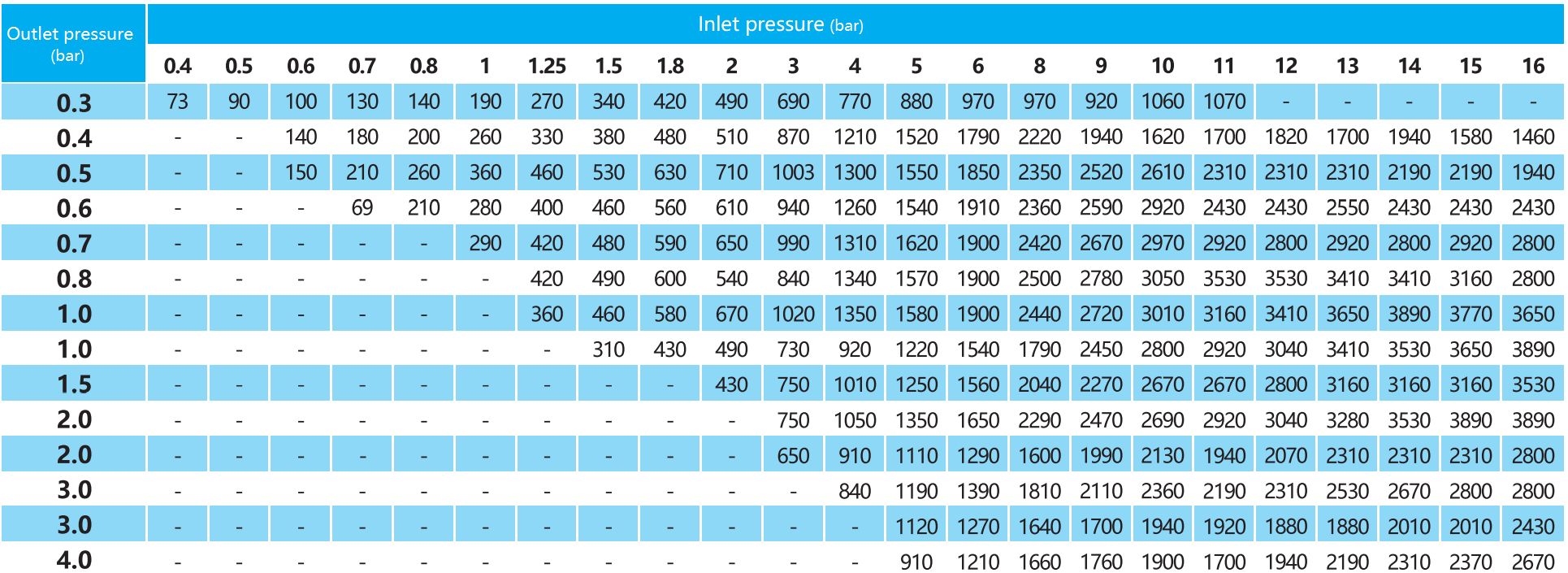
The LTD50 Series regulator is direct-operating pressure regulator, which is used for high and medium pressure systems. It is equipped with OPSO/UPSO devices.
Installation steps
Step 1: First connect the pressure source to the inlet, and connect the regulating pressure line to the outlet. If the port is not marked, please contact the manufacturer to avoid incorrect connection. In some designs, if the supply pressure is incorrectly supplied to the outlet port, internal components may be damaged.
Step 2: Before turning on the air supply pressure to the regulator, close the adjustment control knob to limit the flow through the regulator. Turn on the supply pressure gradually to prevent the sudden gushing of pressurized fluid from "vibrating" the regulator. Note: Avoid screwing the adjusting screw completely into the regulator, because in some regulator designs, the full supply air pressure will be delivered to the outlet.
Step 3: Set the pressure regulator to the desired outlet pressure. If the regulator is in a non-decompression state, it is easier to adjust the outlet pressure when the fluid is flowing instead of a "dead spot" (no flow). If the measured outlet pressure exceeds the required outlet pressure, discharge the fluid from the downstream side of the regulator and reduce the outlet pressure by turning the adjustment knob. Do not discharge fluid by loosening the connector, otherwise it may cause injury. For pressure-reducing regulators, when the knob is turned to lower the output setting, the excess pressure will automatically be discharged to the atmosphere from the downstream of the regulator. For this reason, do not use pressure-reducing regulators for flammable or hazardous fluids. Ensure that excess fluid is discharged safely in accordance with all local, state, and federal regulations.
Step 4: To obtain the desired outlet pressure, make the final adjustment by slowly increasing the pressure from a position below the desired set point. The pressure setting from lower than the required setting is better than the setting from higher than the required setting. If the set point is exceeded when setting the pressure regulator, reduce the set pressure to a point below the set point. Then, again gradually increase the pressure to the desired set point.
Step 5: Cycle the supply pressure on and off several times while monitoring the outlet pressure to confirm that the regulator always returns to the set point. In addition, the outlet pressure should also be cycled on and off to ensure that the pressure regulator returns to the desired set point. If the outlet pressure does not return to the desired setting, repeat the pressure setting sequence.
Pinxin have the ability to meet all your requirements for various inlet air pressures, outlet air pressures and maximum flow rates in a timely manner on the gas pressure regulator. This makes us more competitive than our counterparts in the market who only do standard products.
Pinxin has a certificate issued by the Gas Standardization Technical Committee of the Ministry of Housing and Urban-Rural Development to participate in the preparation of the national urban gas regulator standard GB 27790-2020
